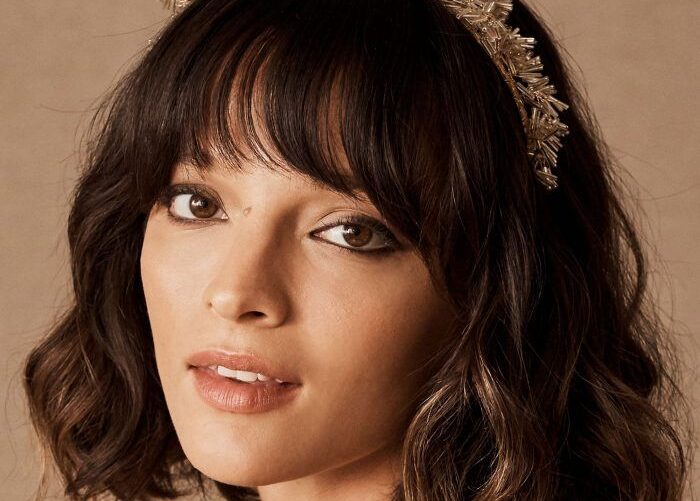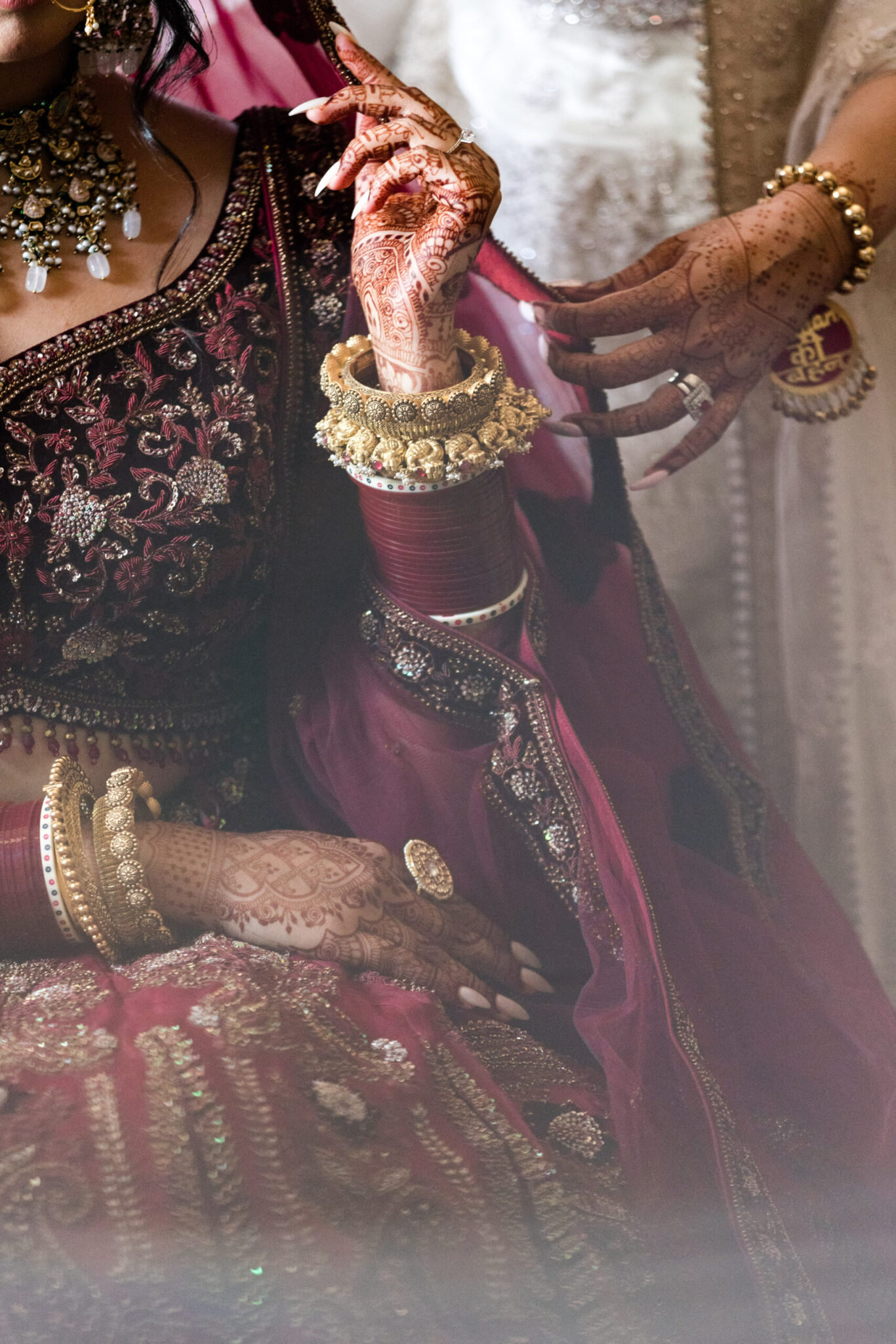Weddings are joyful celebrations of love, unity, and cultural heritage. In the Philippines, a country known for its vibrant traditions, weddings are steeped in rich customs that have been cherished for generations. These cherished wedding traditions reflect the Filipino people’s strong family values, deep-rooted faith, and colorful history. In this article, we will explore ten of the most beloved wedding traditions in the Philippines, each with its own unique charm and significance. Let’s delve into the enchanting world of Filipino wedding customs!
Table of Contents
READ MORE: 10 Meaningful Traditions from Other Countries to Consider for Your Multicultural Wedding
10 of the Most Cherished Wedding Traditions in the Philippines
1. Pamamanhikan: The Formal Engagement
Photo by sessionsbyannesalas.com/
In the Philippines, the journey to marriage often begins with the pamamanhikan, a formal engagement ceremony. The groom’s family visits the bride’s home to officially ask for her hand in marriage. This tradition highlights the importance of respect and unity between both families and symbolizes the merging of two households.
2. Arrhae: Symbol of Prosperity
During the wedding ceremony, the groom presents the arrhae, a set of thirteen coins, to the bride. These coins symbolize the groom’s commitment to provide for the welfare of his future family. The number thirteen represents Jesus and his twelve apostles, signifying the couple’s devotion to their faith as they embark on their journey together.
3. Veil and Cord: Unity and Bonding
The veil and cord ceremony is a poignant moment in Filipino weddings. The veil symbolizes the couple’s unity as they become one in marriage, while the cord represents the unbreakable bond that will hold them together through thick and thin. The veil is placed over the shoulders of the groom and bride, signifying their mutual support, while the cord is looped around them in a figure-eight shape, symbolizing eternity.
4. Release of Doves: Love and Harmony
The release of doves is a symbolic gesture that represents peace, love, and the couple’s desire for a harmonious life together. As the doves soar into the sky, they carry the couple’s hopes and dreams, spreading love and joy to all who witness this beautiful spectacle.
5. Money Dance: Blessing the Couple
The money dance, also known as the “sabayang pagbigkas” or “pangalay,” is a lively tradition where guests pin money onto the couple’s attire as they dance. This joyful custom serves as a blessing for the newlyweds, providing them with financial support as they begin their married life. It also adds an element of fun and excitement to the wedding celebration.
6. San-Ob: Unity Candle Ceremony
In some regions of the Philippines, couples partake in the San-Ob tradition, a unity candle ceremony. The couple, along with their sponsors, light two individual candles, representing their lives before marriage. They then use the flames from their individual candles to light a larger unity candle, symbolizing their union and the merging of their families.
7. Wedding Sponsors: Wisdom and Guidance
Photo by youreverafterstudios.com/
Filipino weddings are graced by godparents or sponsors, known as “ninongs” and “ninangs.” These individuals play a significant role in the couple’s lives, providing guidance, wisdom, and support throughout their married journey. The sponsors are chosen based on their strong moral values and successful marriages, embodying the couple’s aspirations for a lifelong, loving union.
8. Barong Tagalog for the Groom
Photo by sessionsbyannesalas.com/
The Barong Tagalog is the quintessential Filipino formal attire for men. It is a lightweight, embroidered shirt made from delicate piña or jusi fabric. The intricate designs and patterns, often inspired by nature, are meticulously handcrafted using a technique called calado or embroidery. The Barong Tagalog is usually worn over a plain white undershirt and paired with black pants. This attire exudes sophistication and showcases the groom’s connection to his Filipino roots.
9. Filipiniana Gown for the Bride
Photo by sessionsbyannesalas.com/
The bride dons a stunning Filipiniana gown, a traditional dress that embodies grace and femininity. It is typically made from luxurious fabrics like piña, jusi, or silk, adorned with intricate beadwork, embroidery, or lace appliqués. The gown features butterfly sleeves, known as “manggas Filipiniana,” which add a touch of elegance and charm. The silhouette varies, ranging from the classic Maria Clara style, characterized by a fitted bodice and flowing skirt, to modern interpretations that incorporate contemporary fashion trends while still preserving the traditional elements.
10. Filipino Wedding Superstitions
Apart from the well-known superstition of a bride not trying on her wedding dress, Filipino weddings harbor intriguing beliefs. According to tradition, siblings should avoid marrying in the same year to avert bad luck. Sharp objects like knives are discouraged as wedding gifts due to their association with potential quarrels or misfortune. Rain on the wedding day is viewed as a symbol of prosperity, while dropping the ring, veil, cord, or arras during the ceremony is believed to signify an unhappy union. These unique Filipino wedding superstitions illuminate the cultural tapestry and add an element of mystique to the celebration.
READ MORE: How to Plan a Filipino Wedding
To explore the latest trends, expert advice, and breathtaking inspiration in the world of weddings, don’t miss out on the Get Wedded in Australia 2023-2024 digital magazine! Whether you’re a bride-to-be or a wedding enthusiast, this magazine is a must-read.
Below, browse and read your free copy of the Get Wedded in Australia 2023-2024 digital magazine today.

